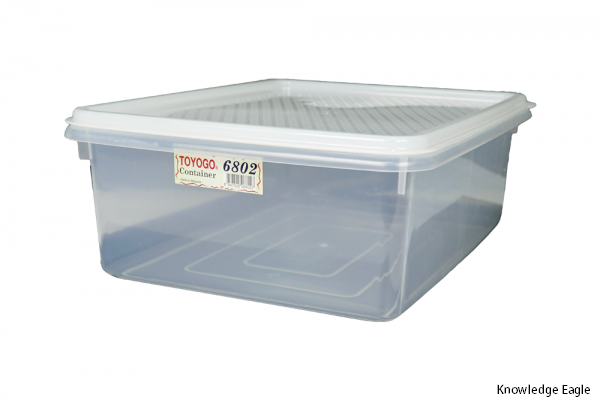Understanding the Symbols on Your Tupperware: What They Really Mean Microwave Proof Symbol
Using plastic containers to store food might be a pain. No matter how handy they are for storing leftovers, Thai delivery or your kid’s lunch, the question of whether they’re safe to use still lingers. Thankfully, you may rest easy knowing that most plastic containers have safety guidelines printed on the bottom. Nice try, but it will only work if you can decipher the jumble of symbols all on the bottom of your container—Tupperware or not.
This being the case, we went on a field trip to the workplace kitchen and examined a large number of used plastic lunch containers very carefully. Some of them boldly displayed the words “Dishwasher Safe” or “Microwave Safe” to announce their compatibility with dishwashers or microwaves right away. Some were more mysterious, with symbols of snowflakes and elaborate patterns.
As if we were archaeologists trying to read ancient cave wall carvings, we studied them intently in the well-lit kitchen. Can you tell me what Rubbermaid was trying to say? Would you think it would be a good idea to dress like Indiana Jones to help us figure out the solution?
Even if we ignore the jokes, there are two main uses for these little symbols: secure usage instructions and recycling details.
Food Safe
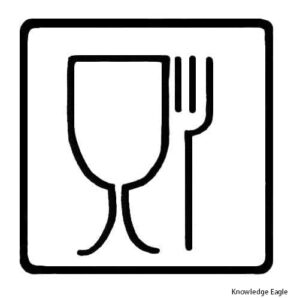
Is your container suitable for storing food? That is the first question to ask. If you’re still not sure, look for a little cup and spoon pattern on the bottom. This indicates that the container has passed the necessary tests to be used in the kitchen. A clear sign is when the container says it is “food safe,” which happens from time to time.
Microwave Safe
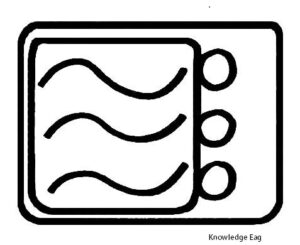
The appearance of wavy lines is a sure sign that a container is microwave proof symbol. The meaning of this symbol can vary greatly; it can sometimes stand for a microwave or a dish placed under radiation waves. The wavy lines, however, do not change. You can reheat that dish with ease because of its intricate patterns. These artefacts do not, as many ancient archaeologists mistakenly believed, provide a charming representation of your underwater microwave.
Freezer Safe
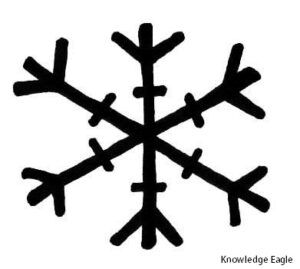
Is there a snowflake sign on your plastic container? This gives you peace of mind when you’re making a tasty stew and want to save some for later because it means your container can safely be frozen. I am so happy for you. You have made the right choice in acquiring a functional storage solution that is safe for use in a freezer. You deserve praise.
Dishwasher Safe
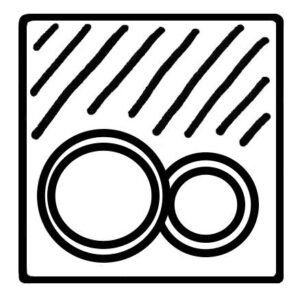
The dishwasher safe symbol is complex and hard to see, yet understanding it is crucial for maximum convenience. Although there is a lot of room for creativity in the design, the most common element is a picture of dishes being submerged in water.
Recycling Symbols
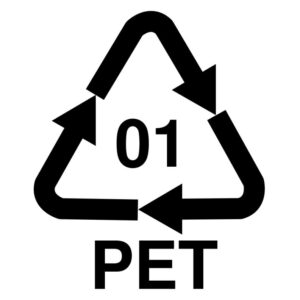
Your container’s specific kind of plastic is indicated by the number in the centre of the triangle recycling symbol, which is commonly recognizable. If you have concerns about specific types of plastic, this numerical value is a good place to start. Nevertheless, there are other factors to think about that impact a container’s overall safety for other reasons.
We know these plastic food storage containers are polypropylene (PP) because they all have the number 5 stamped on them. Even though it seems cloudy, most people think that plastic is safe to eat. If you’re looking for information about the remaining numbers, which go from 1 to 7, Tupperware has a handy chart for you.
Cracking the code
To be fair, not all plastic containers will have the symbols you’re after, and the issue of plastic’s safety is far from resolved. Pay close attention to the manufacturer’s recommendations and think about how comfortable it is for you. Also, check the manufacturer’s website for explanations if you don’t understand the symbols on your containers.
Are These Containers Safe In The Microwave? Microwave Proof Symbol
This is useful for those times when you have leftovers but aren’t sure if the container can be heated in the microwave. Please follow these instructions carefully to guarantee that your container will hold up in the microwave.
Have a look at the container’s base for a Microwave proof symbol mark. In general, it is considered safe to utilise a microwave-safe object with undulating lines. The presence of the number 5 on a polypropylene (PP) container usually indicates that it is safe to microwave. When it comes to microwaves, Smart Set Pro and ProView are perfect.
- CPET, #1 Does not react negatively when heated in a microwave. Products like our bakery platters and meal solutions, which are oven-ready, frequently make use of these containers. CPET, not to be confused with APET, has crystallised, making it capable of withstanding significantly higher temperatures. There is no transparency in CPET goods.
- APET(E), #1 Is not microwave proof symbol. These encompass water bottles, grocery containers, deli containers, and most containers utilised for cold meals and display packaging. While some items can be recycled, they are not recommended for reheating purposes.
- PS, polystyrene, Styrofoam, #7 Not microwave-safe. Foam is commonly used in most takeaway containers and clamshells because of its excellent insulating properties. They ensure that the food remains at a consistent temperature during transportation, so removing the need to restore or reheat it. Prior to placing your meal in the microwave, make sure to position it on a plate or another stable container.
- Harvest FiberUsing receptacles in the microwave is not recommended. Each of them is both compostable and natural.
- Paper products several of them are coated, sealed, or glued to preserve their structural integrity, thus they should not be placed in the microwave. These chemicals have the potential to infiltrate your diet.
For more information visit Home page
